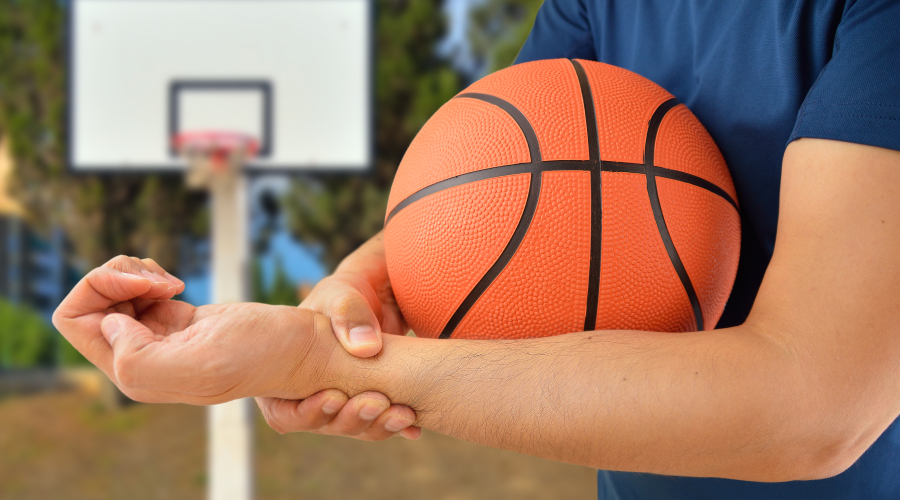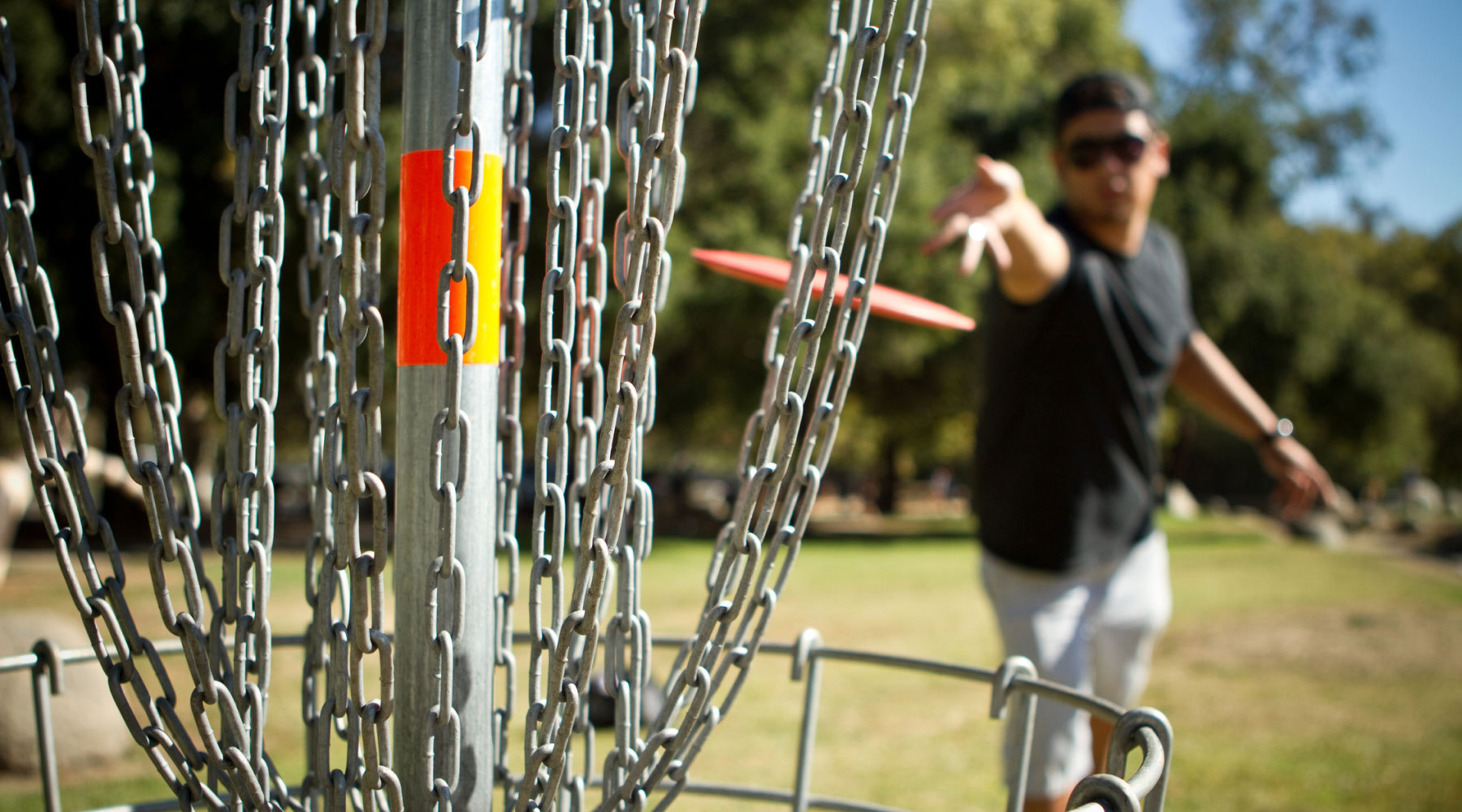Whether you’re a student athlete, March Madness fanatic, or someone who likes to shoot free throws in your driveway, basketball is a favorite pastime for many of us. But, like any sport, if you’re not careful, you could end up injured.
We spoke with Dr. Benjamin Thompson, a Board Certified Orthopaedic Surgeon with subspecialty fellowship training in arthroscopic surgery and the treatment of sports-related injuries, about best practices for treating and preventing basketball injuries.
While basketball players are most often treated for foot or ankle sprains or fractures, other common injuries include:
- Knee injuries, including damage to the medial collateral ligament or ACL, meniscus tears, cartilage injuries, and dislocated kneecaps
- Stress fractures
- Contusions and bruises to the hips and thighs
- Achilles or patellar tendon injuries
- Hand or wrist injuries from falls or jammed fingers
- Concussions or head injuries
“Far too often basketball injuries get worse because the athlete is afraid to ask out of the game,” Dr. Thompson said.
Similar to the injuries themselves, the treatment options can run the gamut for players. While many can be treated with rest or a brace, others might need a little more care, such as physical therapy or even surgery in the case of an ACL tear.
“Some ankle sprains are minor and the athlete can have a quick return to play with ice and either bracing or taping by the trainer,” Dr. Thompson said. “The same may go for lower grade knee sprains when a brace and a visit to the athletic trainer can get them back on the court within a week.”
No matter what the injury may be, it’s vital that it gets checked out as soon as possible by a medical professional to determine what course of treatment would be best. Otherwise, you risk lingering symptoms or future complications.
“The best way to determine the severity of your injury and how to safely return to play is to be evaluated by a sports medicine professional such as an athletic trainer, or a sports medicine physician,” he said. “Does it need physical therapy? Does it just need a brace or taping? Is it going to be a one-week injury, or will it be a six-week injury, and you’re done for the season? That’s not a decision easily made by the patient themselves, or the family, so that’s why we’re here to help answer those questions.”
Stretching or warming up before practice or a game can go a long way toward preventing injuries from occurring in the first place. Starting this habit early will also set players up for success as they age.
“As the athlete ages they really need to make the warmup part of their routine,” Dr. Thompson said. “There’s no way around that. You have to take the time warming up, warming down, and stretching. It’s really one of the best ways to prevent injury.”
On top of that, having the proper footwear will help prevent injuries as well. Dr. Thompson recommends avoiding sneakers that may be too slippery or unsupportive like Converse All Stars. If you do have an ankle prone to injury, using a brace or kinesthetic tape can provide additional support.
When it comes to resources for parents and coaches, there’s a wide variety available online, including those from the STOP Sports Injury campaign, the National Council of Youth Sports, and the American Orthopaedic Society for Sports Medicine.
Access Sports Medicine is here to help
Our team of sports medicine specialists can help you through each stage of your healing journey, from diagnosis on. We’ll work with you to decide what treatment methods are best for you so you can get back in the game sooner. With locations and walk-in clinics throughout the Seacoast, you can find a time and location most convenient for you. Request an appointment today to learn the Access Sports Medicine difference.




